Soft Gingerbread Man Cookies
These soft gingerbread cookies are what I make when I want the classic holiday flavor without breaking my teeth on rock-hard cookies. They stay tender for days thanks to brown sugar and molasses, with just enough spice to taste like proper gingerbread without overwhelming anyone.

The dough is really forgiving – it won’t spread or lose shape while baking, so your gingerbread men won’t end up looking like blob people. I usually make these in December, but they’re also great for rainy day baking with kids since decorating them is half the fun.
What you need for Soft Gingerbread Man Cookies
Ingredients You’ll Need For This Recipe
- 3 cups all-purpose flour
- 1½ teaspoons baking powder
- ¾ teaspoon baking soda
- ¼ teaspoon salt
- 1 tablespoon ground ginger
- 1¾ teaspoons ground cinnamon
- ¼ teaspoon ground cloves
- ¼ teaspoon ground nutmeg
- ¾ cup unsalted butter, softened
- ¾ cup dark brown sugar, packed
- 1 large egg
- ½ cup molasses
- 2 teaspoons vanilla extract
For icing(optional)
- 2 cups powdered sugar
- 2-3 tablespoons milk
- ½ teaspoon vanilla extract
How to make Soft Gingerbread Man Cookies
Let me share my go-to method for making perfectly soft gingerbread cookies that hold their shape beautifully.
1. First, let’s get your butter right – take it out of the fridge about an hour before you start. You want it soft enough that your finger leaves an indent when you press it, but not so warm that it’s greasy or melting.
2. While the butter’s softening, whisk together your dry ingredients in a medium bowl – the flour, baking powder, baking soda, salt, and all those warm spices. This helps distribute everything evenly, especially the baking soda which can leave bitter spots if it clumps.
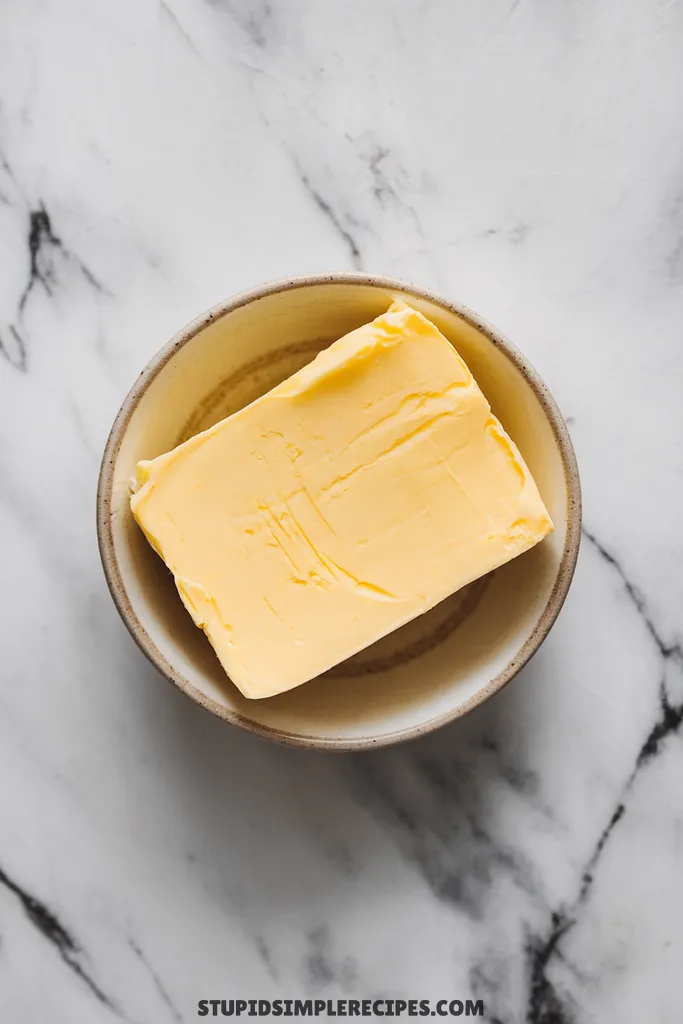
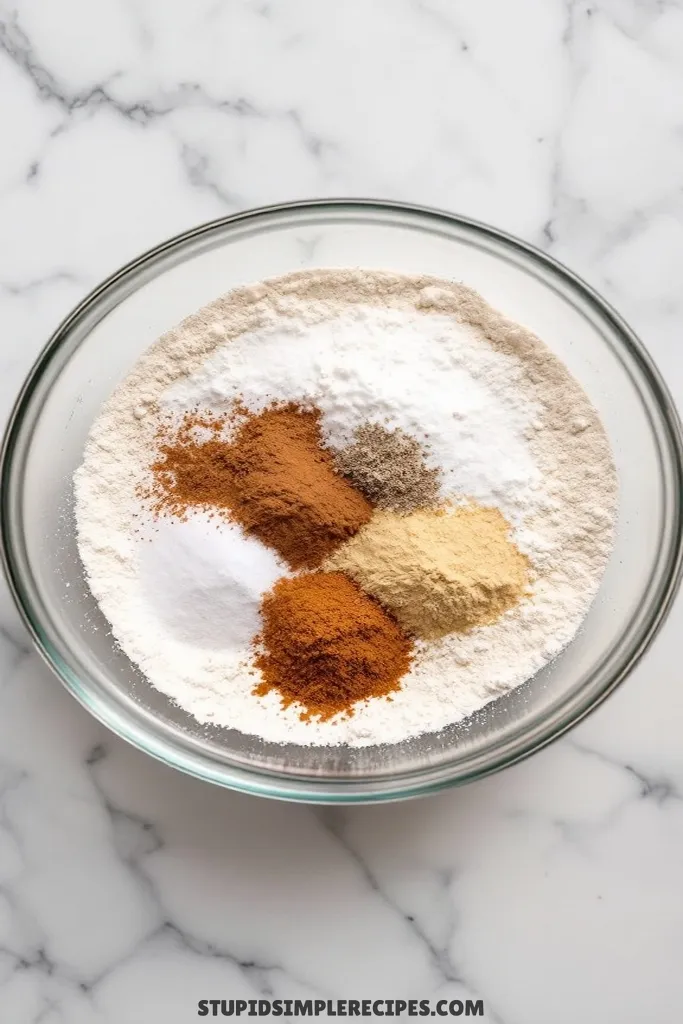
3. In your mixing bowl, cream together the softened butter and brown sugar until it’s light and fluffy – about 3 minutes. You’ll see the color change to a lighter brown, and the texture will become almost mousse-like. Don’t rush this step – it’s key for tender cookies.
4. Add your egg, molasses, and vanilla to the butter mixture. Mix until everything’s well combined, scraping down the sides of the bowl. The mixture might look a bit curdled – that’s totally normal.
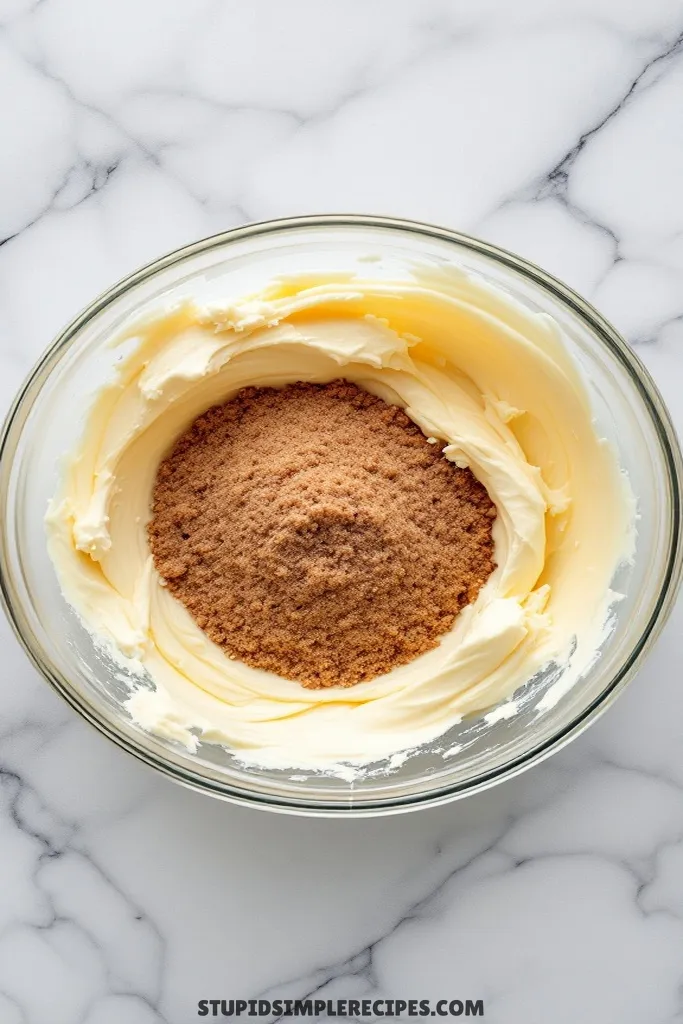
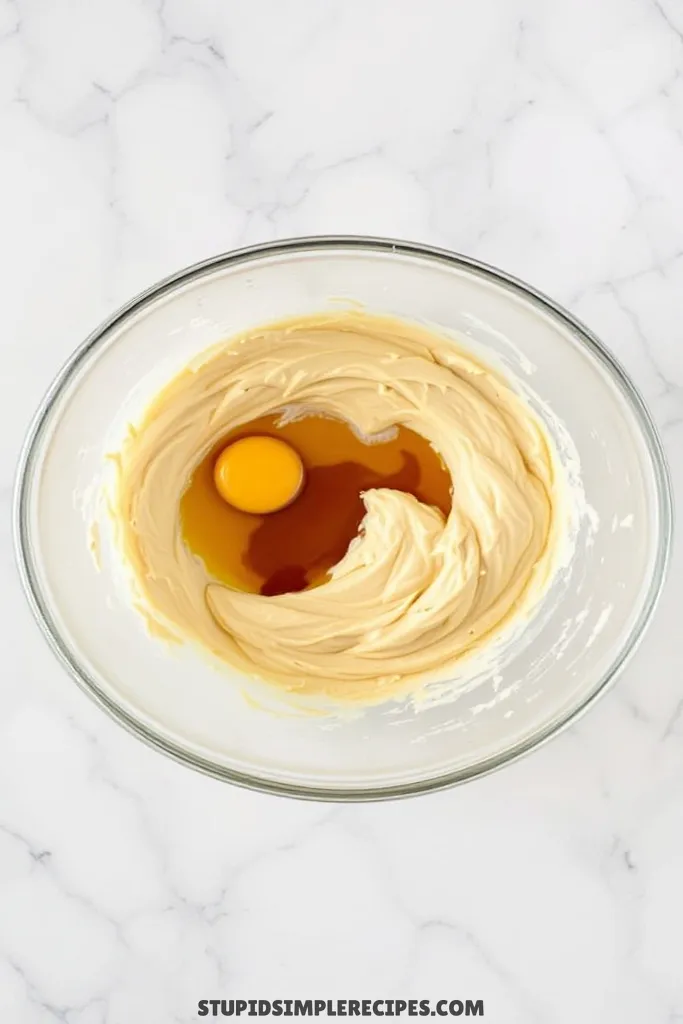
5. Gradually add your dry ingredients to the wet mixture, about a cup at a time. Mix just until you don’t see any dry flour – overworking the dough will make tough cookies. You’ll end up with a soft, slightly sticky dough.
6. Here’s a crucial step: wrap the dough in plastic and chill it for at least 2 hours, or overnight if you can. This firms up the butter and lets the flour hydrate properly, making the dough much easier to roll and helping the cookies keep their shape.
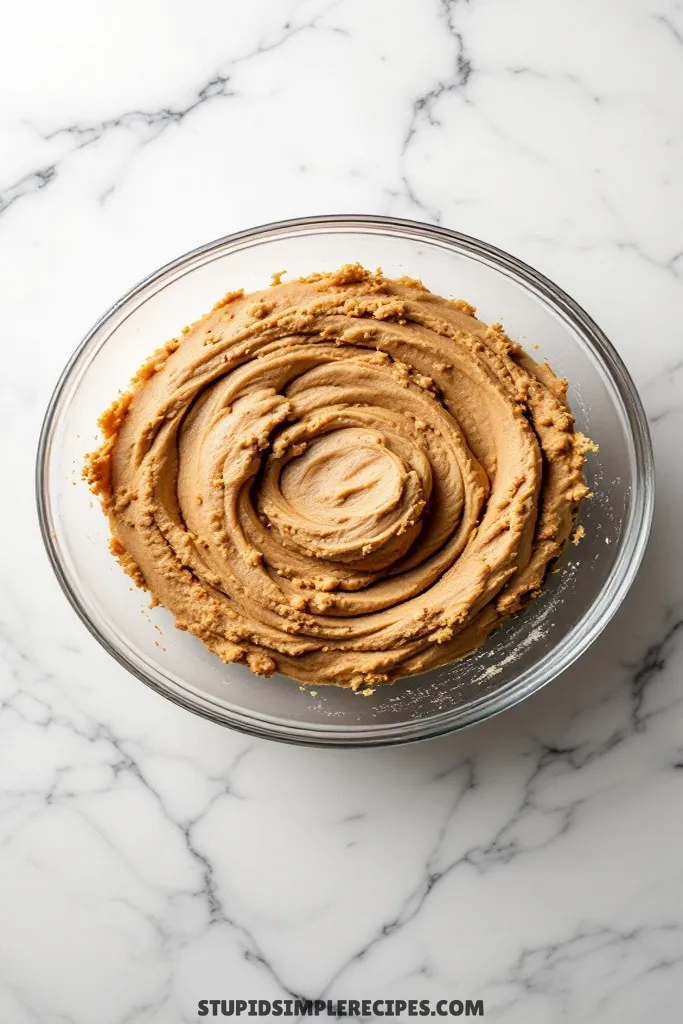
7. When you’re ready to bake, preheat your oven to 350°F and line your baking sheets with parchment paper. Let the dough sit out for about 10 minutes – if it’s too cold, it’ll crack when you roll it.
8. Roll out the dough between two pieces of parchment paper to about ¼-inch thickness. This keeps the dough from sticking without adding extra flour, which can make the cookies tough.
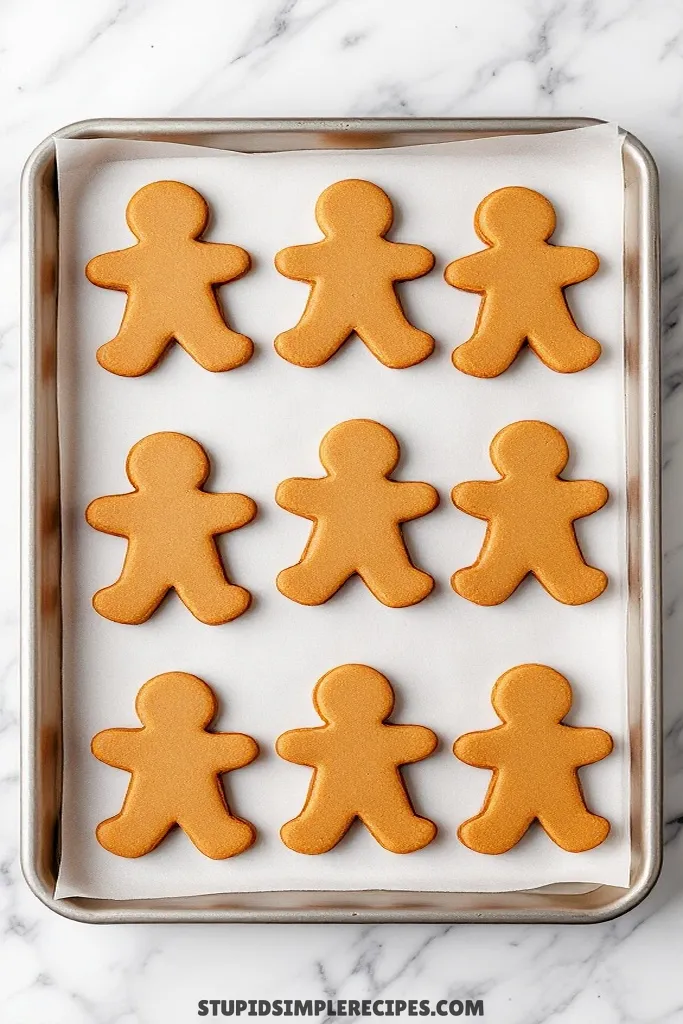
9. Cut out your shapes and place them about 2 inches apart on your prepared baking sheets. These don’t spread much, but they need a little room.
10. Bake for 8-10 minutes. Here’s how to know they’re done: the edges should be set but still soft, and the middle should look slightly underbaked and puffy. They’ll continue cooking a bit on the hot baking sheet.
11. Let them cool on the baking sheet for 5 minutes – they’re quite soft when hot. Then transfer them to a wire rack to cool completely.

For the icing (if using):
Mix the powdered sugar, 2 tablespoons of milk, and vanilla until smooth. Add more milk, a few drops at a time, until you reach the consistency you want – it should be thick enough to hold its shape when piped but thin enough to slowly settle into a smooth surface. Transfer to a piping bag or zip-top bag with a tiny corner snipped off for decorating.
The cookies will stay soft for several days in an airtight container – if they last that long!
🔍 Recipe Notes & Tips
- Room temp ingredients are key – cold eggs can make your butter seize
- Don’t skip the chill time – warm dough = spread cookies
- If dough gets too soft while rolling, pop it in the fridge for 10 mins
- Rolling between parchment = no extra flour = softer cookies
- Dark molasses gives better flavor than light
- Cookie cutters stick? Dip edges in flour first
🍽️ Serving Suggestions
- Perfect with:
– Hot chai tea
– Mulled cider
– Cold milk
– Coffee or espresso - Make ice cream sandwiches with vanilla ice cream
- Serve warm with a tiny scoop of vanilla ice cream
🎯 Make it Work for
- Christmas: Traditional shapes, white icing
- Halloween: Ghost/pumpkin shapes, orange/black icing
- Valentine’s: Heart shapes, pink icing
- Kid’s party: Animal shapes, colorful icing
- Tea party: Small rounds with simple dots of icing
- Wedding: Mini hearts, elegant white piping
📦 Storage & Leftovers
- Room temp: 5-7 days in airtight container
- Freezer (undecorated): 3 months wrapped well
- Dough: Chills 3 days or freezes 1 month
- Keep iced cookies separated with wax paper
- Add apple slice to container to keep extra soft

Soft Gingerbread Man Cookies
Ingredients
- 3 cups all-purpose flour
- 1½ teaspoons baking powder
- ¾ teaspoon baking soda
- ¼ teaspoon salt
- 1 tablespoon ground ginger
- 1¾ teaspoons ground cinnamon
- ¼ teaspoon ground cloves
- ¼ teaspoon ground nutmeg
- ¾ cup unsalted butter softened
- ¾ cup dark brown sugar packed
- 1 large egg
- ½ cup molasses
- 2 teaspoons vanilla extract
For icing(optional)
- 2 cups powdered sugar
- 2-3 tablespoons milk
- ½ teaspoon vanilla extract
Instructions
- First, let’s get the butter right – take it out of the fridge about an hour before you start. You want it soft enough that your finger leaves an indent when you press it, but not so warm that it’s greasy or melting.
- While the butter’s softening, whisk together your dry ingredients in a medium bowl – the flour, baking powder, baking soda, salt, and all those warm spices. This helps distribute everything evenly, especially the baking soda which can leave bitter spots if it clumps.
- In your mixing bowl, cream together the softened butter and brown sugar until it’s light and fluffy – about 3 minutes. You’ll see the color change to a lighter brown, and the texture will become almost mousse-like. Don’t rush this step – it’s key for tender cookies.
- Add egg, molasses, and vanilla to the butter mixture. Mix until everything’s well combined, scraping down the sides of the bowl. The mixture might look a bit curdled – that’s totally normal.
- Gradually add your dry ingredients to the wet mixture, about a cup at a time. Mix just until you don’t see any dry flour – overworking the dough will make tough cookies.
- Here’s a crucial step: wrap the dough in plastic and chill it for at least 2 hours, or overnight if you can. This firms up the butter and lets the flour hydrate properly, making the dough much easier to roll and helping the cookies keep their shape.
- When you’re ready to bake, preheat your oven to 350°F and line your baking sheets with parchment paper. Let the dough sit out for about 10 minutes – if it’s too cold, it’ll crack when you roll it.
- Roll out the dough between two pieces of parchment paper to about ¼-inch thickness. This keeps the dough from sticking without adding extra flour, which can make the cookies tough.
- Cut out your shapes and place them about 2 inches apart on your prepared baking sheets. These don’t spread much, but they need a little room.
- Bake for 8-10 minutes. Here’s how to know they’re done: the edges should be set but still soft, and the middle should look slightly underbaked and puffy. They’ll continue cooking a bit on the hot baking sheet.
- Let them cool on the baking sheet for 5 minutes – they’re quite soft when hot. Then transfer them to a wire rack to cool completely.
For the icing (if using):
- Mix the powdered sugar, 2 tablespoons of milk, and vanilla until smooth. Add more milk, a few drops at a time, until you reach the consistency you want – it should be thick enough to hold its shape when piped but thin enough to slowly settle into a smooth surface. Transfer to a piping bag or zip-top bag with a tiny corner snipped off for decorating.